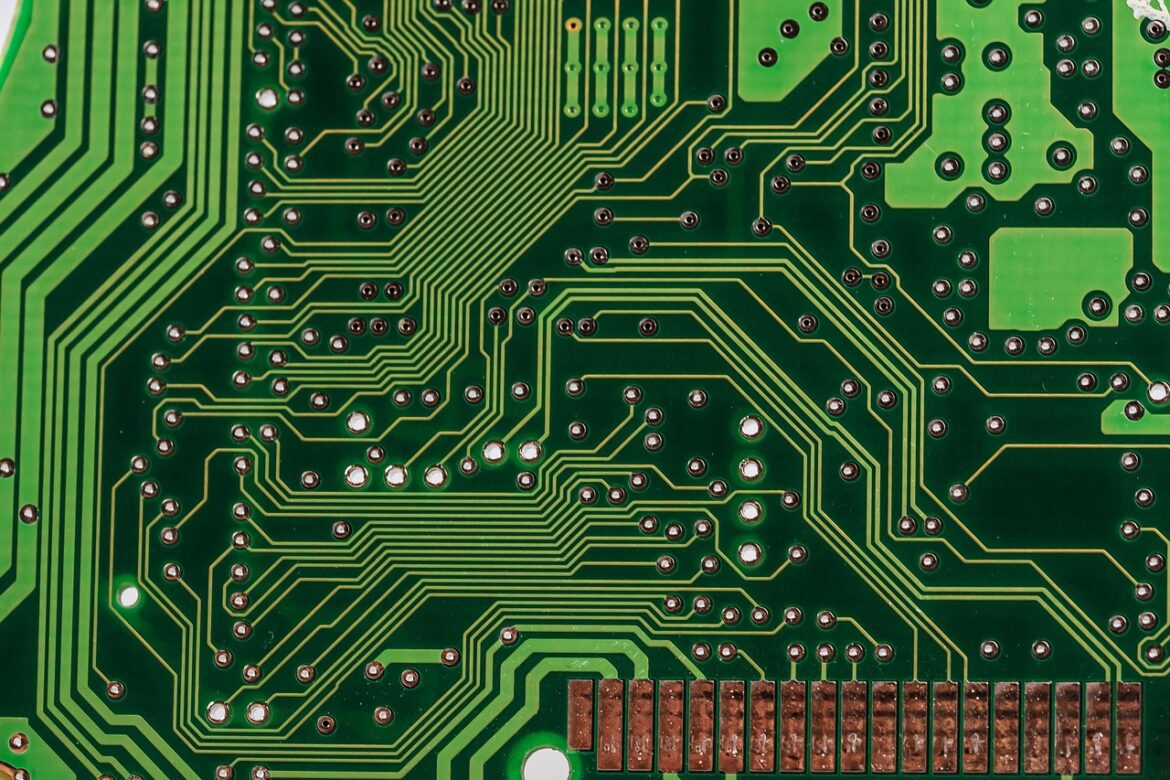Introduction to Cloud Hardware Trends 2025
Cloud computing has become the backbone of modern digital transformation, with businesses embracing it to boost agility, scalability, and cost-efficiency. As we delve into 2025, several hardware trends are making waves in the cloud services sector. These innovations are not just about technology; they are changing how companies operate and interact with their data. Let’s take a closer look at some of the most impactful hardware trends in cloud computing this year.
1. Edge Computing Hardware
Edge computing is all about processing data closer to its source, reducing latency and enhancing real-time analysis. This is particularly crucial for IoT devices and smart systems, where immediate data processing is vital. In 2025, edge computing is forecasted to surpass $111 billion, with companies like Google and Microsoft investing heavily in specialized chips for improved efficiency and performance. These chips are designed to handle AI tasks at the edge, making devices more autonomous and responsive.
For instance, edge computing is used in smart cities to manage traffic flow in real-time, ensuring smoother traffic and reducing congestion. By processing data locally, edge devices can make decisions faster and more efficiently than traditional cloud-based systems.
2. AI Hardware for Cloud Operations
Artificial Intelligence (AI) is becoming deeply embedded in cloud platforms, optimizing every facet of cloud operations and security. Companies like NVIDIA, Intel, and Qualcomm are developing specialized AI chips to enhance cloud efficiency. These chips are designed to automate complex tasks, predict maintenance needs, and detect security threats in real-time. By integrating AI into cloud services, businesses can streamline operations and enhance customer experiences.
For example, AI-driven cloud services can automatically scale resources based on demand, ensuring that applications always have the power they need without wasting resources. This not only saves costs but also reduces the environmental impact of data centers by optimizing energy usage.
3. Serverless Computing Hardware
Serverless computing allows applications to run without managing servers, which can be a game-changer for businesses looking to reduce operational overhead. In 2025, serverless adoption has surpassed 75%, with platforms like AWS Lambda and Google Cloud Run seeing significant growth. Serverless computing is all about flexibility and scalability; it’s like having a dynamic team of IT professionals who can scale up or down as needed, without the need for upfront hardware investments.
A great example is when a company experiences a sudden surge in website traffic. With serverless computing, resources can be automatically scaled up to handle the increased load, ensuring that the website remains responsive and available to users.
4. Hybrid and Multi-Cloud Hardware
Hybrid and multi-cloud strategies are about using multiple cloud platforms to optimize performance and avoid vendor lock-in. This approach allows companies to distribute workloads across different environments, ensuring that each workload runs on the most suitable platform. Over 85% of organizations are expected to adopt hybrid or multi-cloud strategies by the end of 2025. This flexibility is crucial for modern businesses, as it allows them to adapt quickly to changing market conditions and customer needs.
For instance, a company might use AWS for its core infrastructure, Azure for its AI workloads, and Google Cloud for its data analytics. This mix-and-match approach ensures that each workload is optimized for its specific requirements, leading to better performance and lower costs.
5. Sustainable Cloud Hardware
Sustainability is becoming a key focus in the cloud computing sector. As data centers contribute to greenhouse gas emissions, cloud giants are investing in renewable energy and carbon-neutral data centers. The emphasis is on energy-efficient hardware and practices that minimize environmental impact. This not only aligns with global ESG goals but also appeals to environmentally conscious consumers who demand eco-friendly practices from their service providers.
A notable example is Microsoft Azure’s initiative to power its data centers entirely with renewable energy. This move not only reduces carbon emissions but also showcases a commitment to sustainability that resonates with environmentally aware customers.
Conclusion
These hardware trends are transforming the cloud computing landscape in 2025, offering businesses the tools to innovate, optimize operations, and stay competitive in the digital age. By embracing these technologies, companies can unlock new opportunities for growth and efficiency, setting themselves up for success in a rapidly evolving market.
References:
- https://www.cloudzero.com/blog/cloud-computing-statistics/
- https://www.cloudspaceusa.com/how-cloud-computing-is-shaping-2025-key-insights/
- https://www.businesswire.com/news/home/20250513690160/en/Artificial-Intelligence-AI-Hardware-Market-Research-2025-U.S.-Tariffs-Cloud-AI-Hardware-Industry-Outlook-Amid-Strong-Growth-Projections—Global-Forecast-to-2030—ResearchAndMarkets.com
- https://community.nasscom.in/index.php/communities/cloud-computing/future-trends-cloud-computing-what-expect-2025
- https://imit.com/why-businesses-are-adopting-it-cloud-solutions/
- https://www.allcovered.com/blog/cloud-computing-trends
- https://www.hrw.org/node/391214
- https://www.jaycon.com/top-10-edge-ai-hardware-for-2025/



